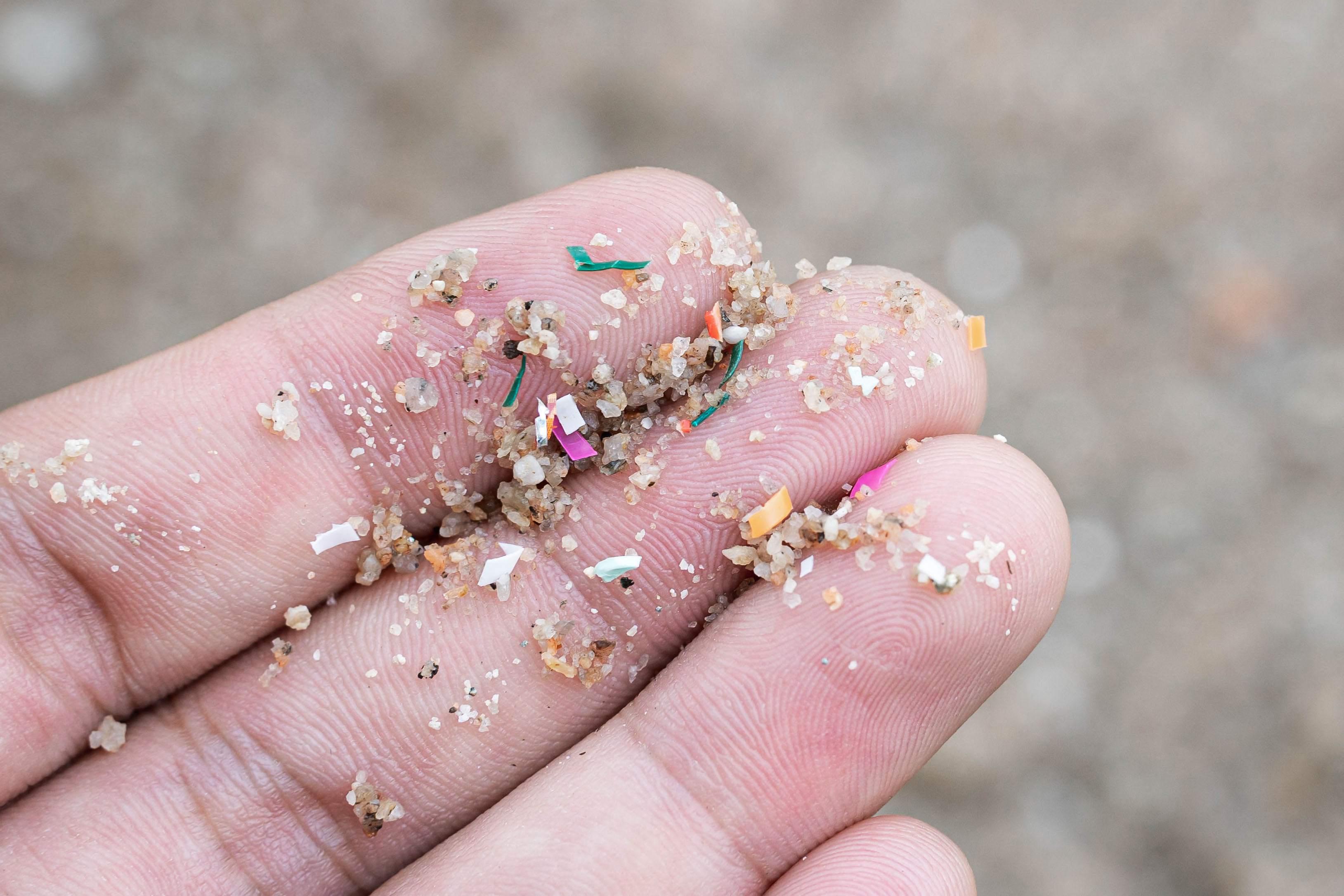13 Surprising Ways Environmental Toxins (Like Microplastics) Are Affecting Your Health
In recent decades, the proliferation of environmental toxins has become a pressing concern for both human health and ecological balance. From the microscopic fragments of plastics that infiltrate our oceans to the ubiquitous chemicals found in household products, these substances pose significant risks that are often underestimated. This comprehensive exploration delves into the multifaceted impacts of these toxins, revealing the intricate ways they disrupt ecosystems and human well-being. By understanding the origins, pathways, and effects of these toxins, we can better appreciate the urgency of addressing them. This article will guide you through the astonishing impacts of environmental toxins, highlighting their pervasive presence and the dire need for informed action. Let's get started!
1. Microplastics: The Invisible Invaders

Microplastics, tiny plastic particles less than five millimeters in size, have become pervasive in our environment. These particles originate from larger plastic debris that degrades over time and from microbeads used in personal care products. Once released, they infiltrate waterways, soil, and even the air we breathe. The ecological consequences are profound; marine organisms ingest microplastics, mistaking them for food, leading to physical harm and chemical exposure. This ingestion not only affects individual species but also disrupts entire food chains. For humans, microplastics have been found in drinking water and food, raising concerns about potential health effects, including endocrine disruption and inflammation.
2. Everyday Chemicals: Silent Threats in Our Homes

Household products, from cleaning agents to personal care items, often contain chemicals that pose hidden health risks. Common culprits include phthalates, parabens, and formaldehyde, which are used to enhance product performance but can have adverse effects on human health. These chemicals are linked to a range of issues, from skin irritation to more severe conditions like hormonal imbalances and respiratory problems. The pervasive use of these chemicals means that exposure is almost unavoidable, making it crucial for consumers to be aware and make informed choices. Understanding the labels and opting for natural or certified non-toxic products can significantly reduce exposure.
